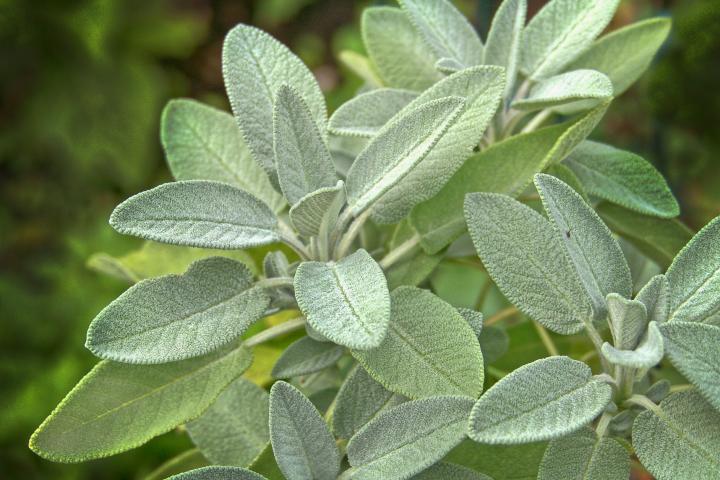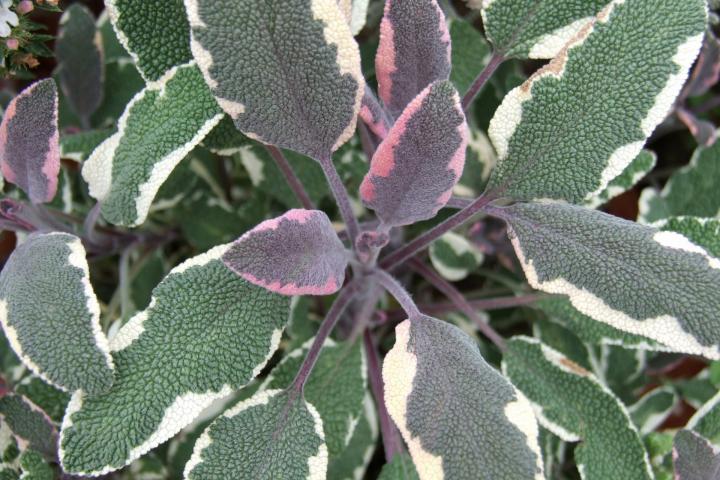
Sage is a useful herb that can be easily grown in your garden.
Planting, Growing, and Harvesting Sage
A great way to incorporate the healing benefits of sage is “Sage Butter.” With two ingredients and five minutes, you have an amazing herbal butter that’s wonderful on sweet potatoes, chicken, tossed vegetables, fried eggs, toast, popcorn, and whatever you wish!
In the video below, herbalist Patty Sanders show us how to make sage butter—and also talks all about the healing benefits of sage. See recipe.
More Like This
ADVERTISEMENT
I’ve been growing my sage for about 4 years. It’s done very well. This year it bloomed profusely & beautifully. Should I trim all the blossoms, the flowers are gone now?
If the flowers have stopped and you don’t wish them to go to seed, you can trim them back. This may encourage the plants to flower more.
I read that sage is a good deterrent that effectively rids a home of rats and other rodents. So I’m asking those who have grown sage, if you have seen this to be true?
Hi Joe, thanks for your question! Sage is quite useful in the kitchen and has many benefits as an herbal remedy, but unfortunately it has not been shown to be an effective natural deterrent for removing rats and other rodents from your home.
I live in southwestern Minnesota and I was gifted a berggarten sage which I planted in a 17” plastic pot. It is doing really well. Is there anything I should do to prepare it for winter outside?











Comments